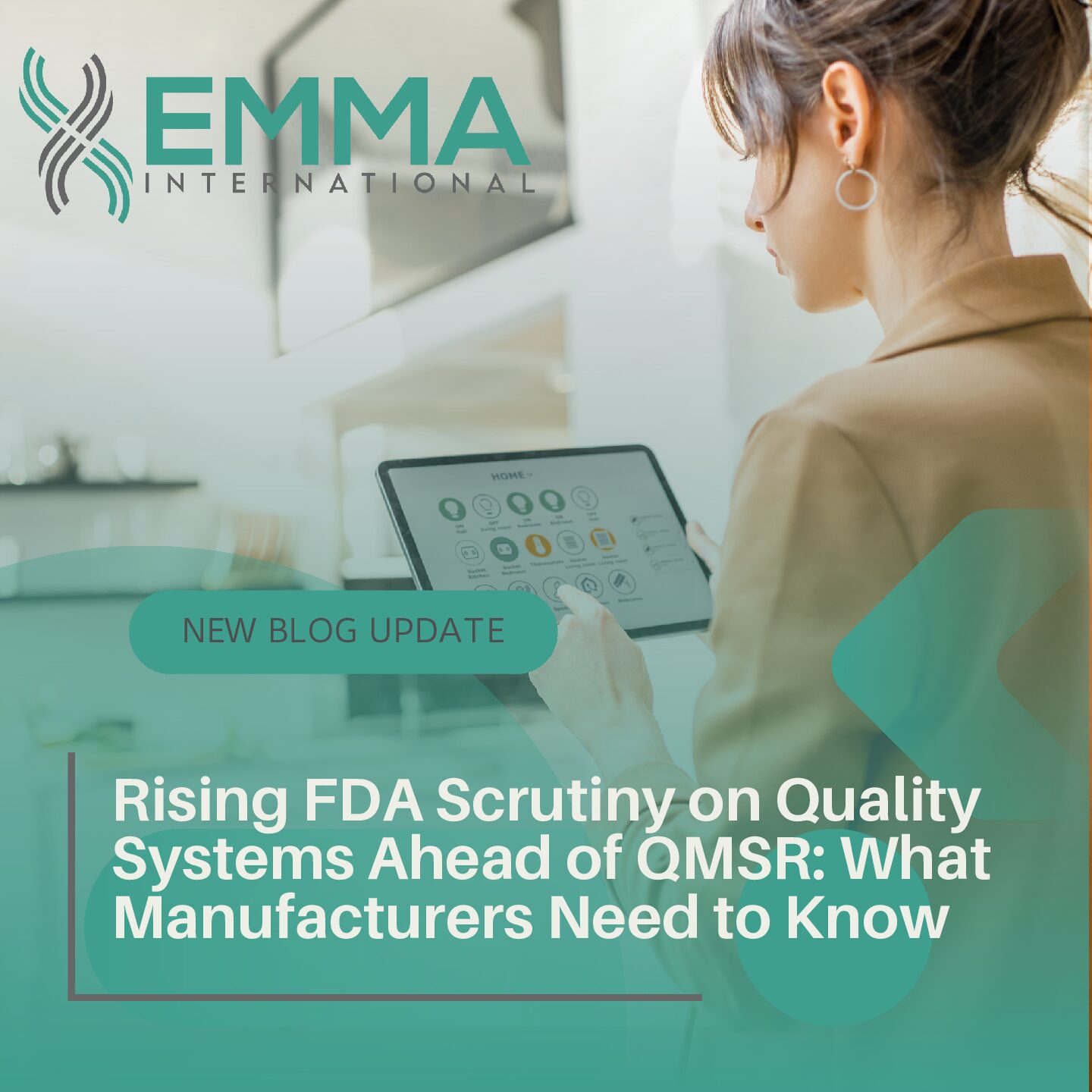The history of 21 CFR 820 traces back to the early 20th century when concerns over the safety and efficacy of medical devices began to surface. However, it wasn’t until the Medical Device Amendments of 1976 that significant regulatory frameworks were established in the United States. These amendments mandated the assurance of safety and effectiveness for medical devices, birthing the foundation for what would become 21 CFR 820. As the industry prepares for the new wave of GMPs, governed under the QMSR, its important to understand the history the GMP regulations for medical devices.
Milestones in Evolution
- 1980s – Formative Years: In 1984, the FDA introduced the Good Manufacturing Practices (GMP) regulation for medical devices, laying down initial guidelines for quality management. These guidelines focused on key aspects like design controls, document controls, and corrective and preventive actions.
- 1990s – Refinement and Expansion: Throughout the 1990s, the FDA worked on refining and expanding the QSR. This period saw significant updates to accommodate technological advancements and address emerging challenges in the medical device industry. Notable additions included provisions for process validation, device labeling, and quality system audits.
- 2010s – Embracing Modernization: The dawn of the digital age prompted a reevaluation of regulatory frameworks. In 2016, the FDA introduced the Case for Quality initiative, emphasizing a shift from compliance-driven approaches to a focus on product and process excellence. This marked a pivotal moment in the evolution of 21 CFR 820, encouraging a culture of continuous improvement and innovation.
- 2020s – The New Regulatory Frontier: With globalization on the rise, the FDA is prioritizing collaborating with international regulatory bodies to harmonize quality standards. This led to the forthcoming Quality Management System Regulation (QMSR), which harmonizes 21 CFR 820 with ISO 13485:2016.
Today, 21 CFR 820 stands as a cornerstone of medical device regulation, guiding manufacturers in their quest for quality, safety, and efficacy. As technology continues to advance at a rapid pace, the FDA remains vigilant in its efforts to adapt regulations to meet evolving needs.
Looking ahead, the future of 21 CFR 820 is likely to be shaped by trends such as artificial intelligence, additive manufacturing, and personalized medicine. The FDA’s commitment to fostering innovation while upholding rigorous standards will undoubtedly influence the trajectory of medical device regulation in the years to come.
The journey of 21 CFR 820 reflects the ongoing quest for excellence in the medical device industry. From its humble beginnings to its role as a global benchmark for quality management, this regulation has undergone profound transformations over the decades. As we navigate the complexities of modern healthcare, one thing remains clear: adherence to robust quality standards is essential for safeguarding patient well-being and driving innovation forward.
If you need support with maintaining to compliance with 21 CFR 820, let the EMMA International experts help. From developing and optimizing QMS’s, to supporting expansive remediation efforts, the EMMA team has you covered. Call us at 248-987-4497 or email info@emmainternational.com to learn more.
FDA (Jan 2024) Quality System (QS) Regulation/Medical Device Current Good Manufacturing Practices (CGMP) retrieved from: https://www.fda.gov/medical-devices/postmarket-requirements-devices/quality-system-qs-regulationmedical-device-current-good-manufacturing-practices-cgmp#:~:text=CGMP%20requirements%20for%20devices%20in,CGMP%20requirements%20for%20medical%20devices.





